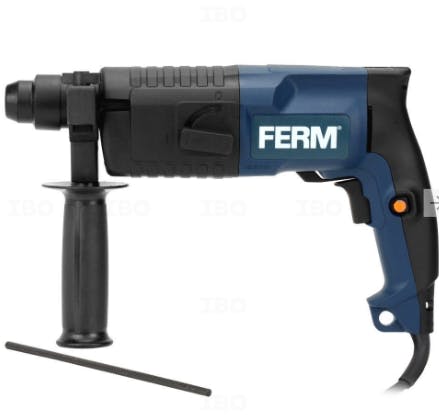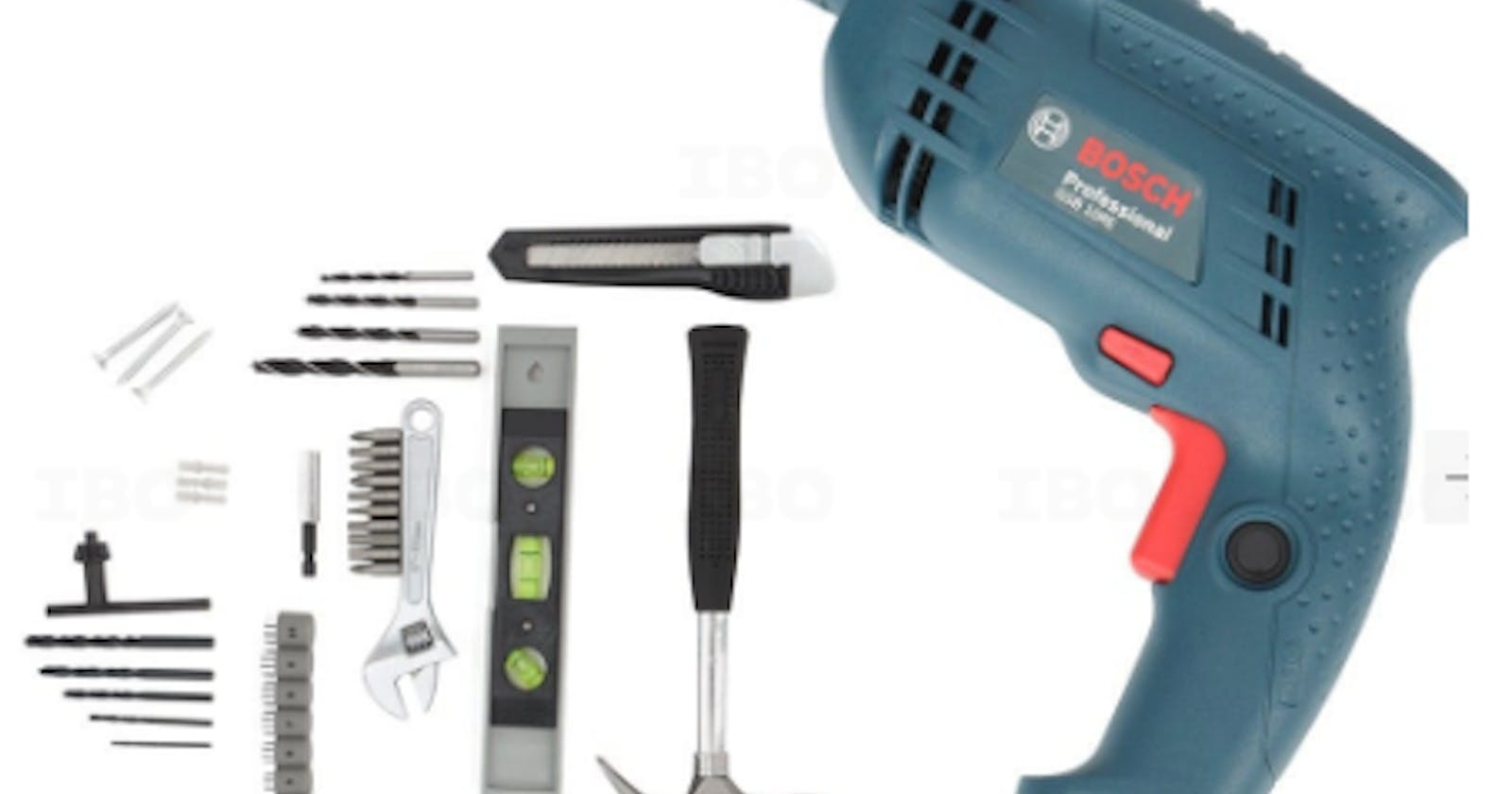Choosing a power drill is kind of like choosing a new phone. You should spend some time looking for the right one for your needs since you'll be using it. A lot. Power drills are by far the most popular power tools online shopping in the world, and every toolbox needs at least one.
How do I pick an electric drill? First, you need to decide if you want a model with a cord or one that doesn't have one. Second, you should think about what kinds of projects or tasks you'll be doing with your power drill.

Power Drills Without Cords
There was a time, not too long ago, when cordless drills were big and heavy, and the battery would only last for about 5 minutes. Not anymore. Because technology is getting better, companies are making cordless power drills that are light, safe, and last a long time. You can put a battery in them, take them anywhere, and use them to finish a job quickly. But most cordless drills are still behind their corded counterparts when it comes to raw power and torque. If you want something portable and easy to use but plan to use it a lot, we suggest getting a second battery or buying a cordless drill with a quick-charge feature.
Drills with cords
A corded power drill is still the best tool for tough jobs. They weigh less. They are stronger. There is more torque in them. And you won't run out of them in the middle of the job. Also, corded drills usually have more bells and whistles than cordless ones. A corded power drill is a must-have if you use your drill every day or drill into things like stone.
What about sources of power?
Lithium-ion (Li-Ion) batteries are now standard on most cordless drills. This is because they are light and can store a lot of power without losing capacity over time.
Nickel-cadmium (NiCad) batteries are usually less expensive than lithium-ion (Li-Ion) batteries. They also last longer and can handle heat and shock better than Li-Ion batteries. NiCad batteries do have a "memory effect," which means that the more times you use them, the less power they have. You can get around this, though, if you let the battery die completely before charging it.
It's easy to understand how cordless power drills work: the higher the voltage, the more drilling power you'll get. Keep in mind that a higher voltage usually means a heavier battery and that a heavier battery doesn't always mean it will last longer.
Wattage is what matters when it comes to models of corded power drills. The more watts your new toy has, the more power it will have and the longer it will last before getting too hot, which means it will wear out less over time.
As your power grows, so will your price. So, you might want to find a happy medium between how much power you need and how much money you have.
There are different kinds of power drills.
Impact drivers look like regular power drills, but they have an internal power-train system that can give you up to three times the torque. Inside, a spring-loaded hammer hits the sides of an anvil up to 3,200 times per minute. This turns the hex chuck and gives it a lot of power to hold things together. Look for impact drivers with high torque ratings and extras like variable-speed triggers, soft grips, and built-in LED lights to make them more useful.
Air Exercises
Air drills don't use electricity to make power. Instead, they use compressed air. Usually, air tools are cheaper, smaller, and lighter than electric tools, but they still have the same or even more power. But air drills need air compressors, which are usually heavy, loud, and expensive.
Rotary Hammer
 In addition to rotating, rotary hammers have an internal piston that gives them a pounding action. This can be useful for drilling holes in stone, masonry, or concrete.
In addition to rotating, rotary hammers have an internal piston that gives them a pounding action. This can be useful for drilling holes in stone, masonry, or concrete.
Hammer Wrenches
Impact wrenches are heavy-duty, very versatile fastening tools that are used for things like fixing cars, building, maintaining equipment, and putting together products. They have a good amount of torque and come in different sizes, voltages, RPMs, and corded or cordless versions.
Drills at a Right Angle
Right-angle drills have chucks that are mounted at a 90-degree angle, and they are usually small enough to let you reach places that are hard to get to. There are both corded and cordless right-angle power drills on the market.
Find the Right Size and Type of Chuck
The drill bit is held in place by the chuck. There are three sizes of chucks: • 1/4-inch chuck is better for lighter jobs. • Most average work can be done with a 3/8-inch chuck. • The 1/2-inch chuck is made for harder jobs.
There are three kinds of chucks:
Keyed chucks need a chuck key, so changing bits will take longer, but they are less likely to slip. You don't need a key to tighten or loosen a keyless chuck around your bit, which is better if you need to change bits often.
SDS chucks are the best of both worlds because they change as quickly as a keyless system but have the grip of a keyed chuck. This benefit is, of course, built into the price.
The Horns and Bells
Power drills have a lot more than just power, torque, and the type of cord. You can find them: Motors without brushes make less noise and work better.
Built-in levels make it easier to be precise. Built-in lights to help drill in places with little light. To give you the most control and stability, there are side handles. Before you buy a new drill, use our tips to make sure you're getting the right type of power drill that gives you the speed, convenience, and accuracy you need to get the job done right every time.
